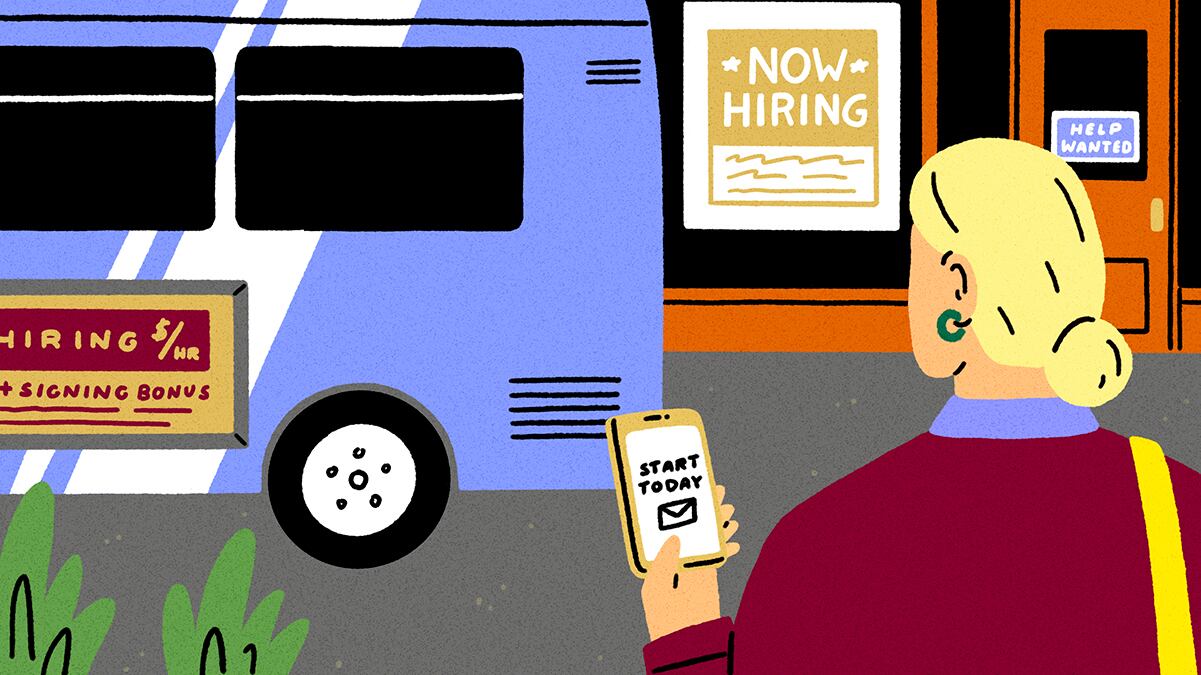This summer, Oregon set a new record for job openings. Some of that was related to factors economists have anticipated for years, but a sizable amount is because of the pandemic and the slow-trickle return of workers to the labor force.
“There are currently more job openings than there are unemployed workers,” Gail Krumenauer, an employment economist for the state, tells WW.
That isn’t necessarily because there are more jobs. For a variety of reasons, there are now less workers, not just in the state of Oregon, but also on a nationwide scale.
“Everybody who’s been closed down is rehiring,” Krumenauer says, outlining a variety of reasons the job market currently skews in favor of the workers. “But also, we are not having as many children, and we haven’t been for decades. The boomers are retiring. Plus, there’s been very low immigration—during the pandemic period, in particular.”
“I don’t think businesses are trying to grow or boom,” Josh Lehner, an economist at the Oregon Office of Economic Analysis, tells WW. “They’re really just trying to get back to where they were pre-pandemic.”
The December 2021 Oregon Economic and Revenue Forecast—released by Lehner’s office—describes the labor shortage, and observes that “workers are returning at a much slower rate than anticipated,” describing the pattern as “more of a steady stream rather than a sudden rush.”
Higher wages may be contributing in unexpected ways, making it easier for families to live on one earner’s income: “A second adult does not need to return to work as quickly to pay the bills,” the report notes. “Especially if there is any other concern related to the pandemic, child care, or the like.”
Enhanced unemployment, paid out over the course of the pandemic, in addition to rounds of stimulus, left many workers with above-average savings. That’s also part of the reason families have been able to make due with one earner, for the time being. The forecast was careful to note that while enhanced payments enabled some workers to stay out of the job market, it doesn’t explain the entire labor shortage.
“COVID fear is still very real,” Krumenauer says.
In a cyclical way, the stimulus money also exacerbated the labor shortage. “Where you really see this turn is in the spring of 2021,” Krumenauer says. “All the stimulus put money in people’s pockets.”
Consumers still wanted goods, and they wanted more services. That drove up demand for workers to provide those things. “We were already driving up the demand for workers with the money we were spending at home,” Krumenauer explains. “Then we could go out again.”
Jobs Issue 2022: A Historic Labor Shortage Is Making Oregon Employers Downright Desperate
We Didn’t Start the Labor Shortage
Oregon Employers Will Put Thousands of Dollars in Your Pocket if You Get Hired
Telehealth Changed Doctor Appointments and We Have the Pandemic To Thank for That
The Cuddling Industry: Supply, Demand and a Statewide Rebound of the Self-employed
Portland-area Startup Radious Found a Better Place to Work From Home: Someone Else’s Home
“Work Won’t Love You Back” Is a Harrowing Read With Hope for the Future
